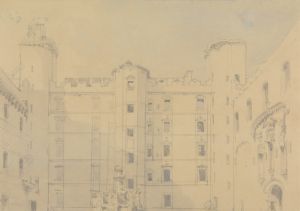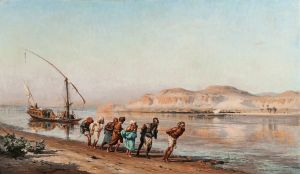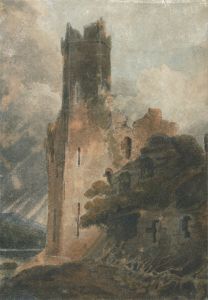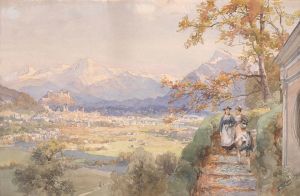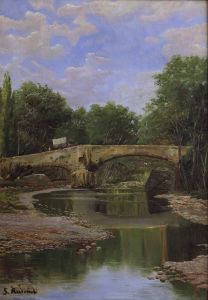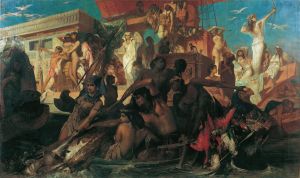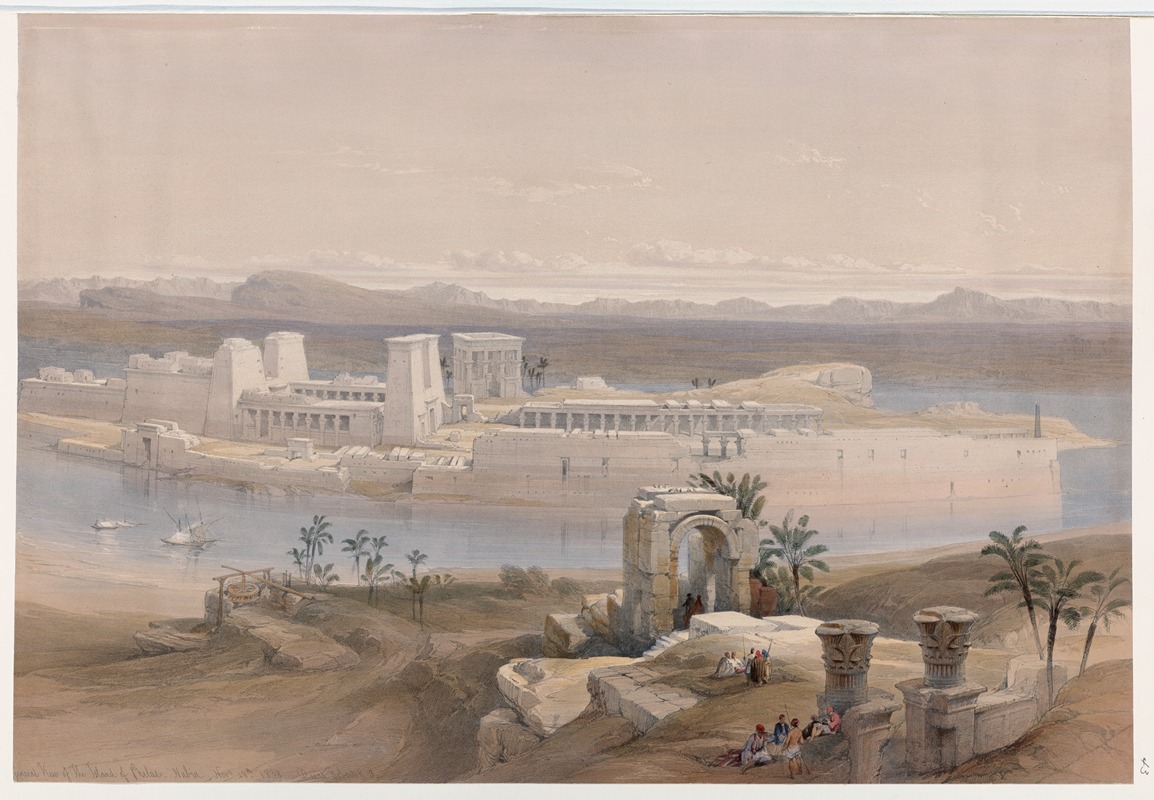
General view of the Island of Philæ, Nubia. Nov. 18th, 1838.
A hand-painted replica of David Roberts’s masterpiece General view of the Island of Philæ, Nubia. Nov. 18th, 1838., meticulously crafted by professional artists to capture the true essence of the original. Each piece is created with museum-quality canvas and rare mineral pigments, carefully painted by experienced artists with delicate brushstrokes and rich, layered colors to perfectly recreate the texture of the original artwork. Unlike machine-printed reproductions, this hand-painted version brings the painting to life, infused with the artist’s emotions and skill in every stroke. Whether for personal collection or home decoration, it instantly elevates the artistic atmosphere of any space.
David Roberts' artwork "General view of the Island of Philæ, Nubia. Nov. 18th, 1838" is a lithograph based on a sketch he created during his travels in Egypt and Nubia in the early 19th century. David Roberts (1796–1864) was a Scottish painter renowned for his detailed and romanticized depictions of architectural and historical sites in the Middle East and North Africa. His works were instrumental in introducing European audiences to the grandeur of ancient civilizations in these regions.
The Island of Philae, located in the Nile River near Aswan in southern Egypt, was a significant religious and cultural site in antiquity. It was home to the Temple of Isis, one of the last active centers of ancient Egyptian religion, which continued to function well into the Roman period. By the time Roberts visited the site in 1838, Philae had already become a subject of fascination for European travelers and scholars due to its historical and architectural significance.
Roberts visited Philae during his extensive journey through Egypt and Nubia in 1838–1839. He meticulously documented the landscapes, monuments, and ruins he encountered, creating sketches that would later be transformed into lithographs. These lithographs were published in the six-volume work The Holy Land, Syria, Idumea, Arabia, Egypt, and Nubia (1842–1849), which gained widespread acclaim for its artistic and historical value.
The lithograph "General view of the Island of Philæ, Nubia" captures the island's serene and picturesque setting amidst the Nile. It showcases the temple complex and surrounding structures, emphasizing their integration with the natural environment. Roberts' depiction is characterized by its attention to detail and dramatic use of light and shadow, which highlight the architectural beauty of the site.
This artwork is not only a testament to Roberts' artistic skill but also serves as a historical record of Philae before the construction of the Aswan Low Dam in the early 20th century. The dam caused periodic flooding of the island, which eventually led to the relocation of its monuments to the nearby island of Agilkia in the 1960s as part of an international preservation effort.
David Roberts' works, including this lithograph, remain valuable resources for understanding the 19th-century European perspective on the ancient world and the cultural heritage of Egypt and Nubia.






![Approach to the Temple of Wady Sabua [Wadi al-Sabua], Nubia.](/imgs/217463/s/david-roberts-approach-to-the-temple-of-wady-sabua-wadi-alsabua-nubia-41e9aa7e.jpg)

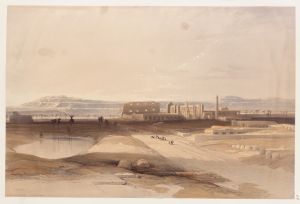
![Temple at Wady Dabod [Wadi Dâbûd], Nubia.](/imgs/217543/s/david-roberts-temple-at-wady-dabod-wadi-dabud-nubia-14fd5f6c.jpg)
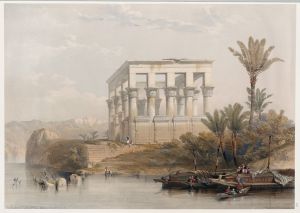
![Tombs of the Memlooks [Mamelukes], Cairo](/imgs/217569/s/david-roberts-tombs-of-the-memlooks-mamelukes-cairo-a3263294.jpg)
